Celeriac Talar
$4.49
Apium Graveolens var. Rapaceus
- Seed Count 1000
- Root Vegetable
- Hardy Biennial
In stock
Description
Celeriac isn’t known for its beauty; it’s a bit rough around the edges. But Celeriac Talar is a reliable, productive variety that consistently delivers a delicious harvest.
The flavour is unique: a blend of celery, apple, and a touch of walnut.
It’s a versatile root vegetable – the bulb can be grated raw into salads, roasted, steamed, or added to soups and stews.
The stems and leaves are also edible, offering a celery-like flavour.
Celeriac Talar produces high-quality bulbs with fine-grained white flesh that holds its color well after cooking.
The thick skin protects the bulb from becoming pithy.
It stores well throughout the winter, providing a delicious taste long after harvest.
A good choice for the home gardener who appreciates substance over show.
| Method: Raise seedlings | Soil Temp: 8°C - 21°C |
| Cool Mountain: Oct - Jan | Position: Full sun |
| Arid: Jul - Sep | Row Spacing: 60 cm apart |
| Sub Tropical: Mar - Oct | Planting Depth: 5 mm |
| Temperate: Sep/Dec, May/Mar | Harvest: 120 days |
| Tropical: Apr - Jul | Plant Height: 20 cm |
Climate Requirements
Temperature:
- Celeriac is a cool season crop that thrives in moderate temperatures. Ideal growth occurs in temperatures ranging from 15°C to 20°C.
- Plant celeriac during autumn or early winter.
Frost Tolerance:
- Celeriac can withstand light frost, which can actually enhance its flavor. However, heavy frosts should be avoided.
Soil Preparation
Soil Type:
- Celeriac prefers well-draining, loamy soil.
- Heavy clay or sandy soils can hinder root development.
Soil pH:
- Aim for a pH level between 6.0 and 7.0.
- Conduct a soil test if unsure and amend accordingly.
Organic Matter:
- Enhance the soil by adding compost or well-rotted manure.
- This not only improves fertility but also aids in moisture retention.
Sowing Seeds
Seed Starting:
- Start seeds indoors about 8-10 weeks before the last expected frost date.
- Use seed trays or pots filled with a seed-starting mix.
Direct Sowing:
- In milder areas, you can sow seeds directly in the garden in late summer or early autumn.
Germination:
- Seeds usually take 14-20 days to germinate.
- Keep the soil moist during this period.
Transplanting and Spacing
Seedling Care:
- Once seedlings reach about 10 cm tall and have at least two sets of true leaves, they can be transplanted outdoors.
Spacing:
- Transplant seedlings to the garden, spacing them about 60 cm apart to allow for adequate root growth.
- Rows should be about 60 cm apart.
Watering
Moisture Needs:
- Maintain consistent soil moisture, especially during dry periods.
- Celeriac has a relatively high-water requirement, so aim to keep the soil evenly moist but not waterlogged.
Mulching:
- Use organic mulch (straw, grass clippings, or wood chips) around the plants to retain moisture, suppress weeds, and maintain soil temperature.
Fertilisation
Initial Fertilisation:
- Fertilise at planting with a balanced fertiliser or organic compost.
Side-Dressing:
- About halfway through the growing season, apply additional fertiliser or compost to replenish nutrients.
Pest and Disease Management
Common Pests:
- Watch for aphids, slugs, and snails.
- Employ organic pest control methods such as insecticidal soap or neem oil for aphids.
- Hand-pick slugs and snails or use beer traps to manage their populations.
Diseases:
- Fungal diseases like root rot can occur if the soil is too soggy.
- Ensure good drainage and avoid overhead watering.
Crop Rotation:
- Practice crop rotation to prevent soil-borne diseases and pests.
Companion Planting
Beneficial Companions:
- Beans:
- Benefits: Beans fix nitrogen in the soil, enriching it for celeriac and other nearby plants.
- Onions and Garlic:
- Benefits: These alliums can help repel pests that are attracted to celeriac, such as aphids and certain root maggots.
- Tomatoes:
- Benefits: Tomatoes can provide some shade, helping to keep the soil cooler, which is beneficial for celeriac during hot spells.
- Lettuce:
- Benefits: Lettuce has shallow roots, allowing it to grow alongside celeriac without competing for the same soil depth.
- Marigolds:
- Benefits: These flowers repel nematodes and other pests, creating a protective barrier around celeriac.
- Spinach:
- Benefits: Like lettuce, spinach has shallow roots and can benefit from the nurturing environment that celeriac provides.
- Chives:
- Benefits: Chives are effective at repelling pests, and their growth alongside celeriac can help protect it from aphids.
Plants to Avoid Near Celeriac
- Carrots:
- Reason: Carrots and celeriac can compete for nutrients, leading to poor growth for both plants.
- Celery:
- Reason: Growing celeriac alongside common celery can lead to competition for resources, as both plants have similar nutrient needs.
- Potatoes:
- Reason: Potatoes can attract pests that may also affect celeriac, such as the potato beetle.
- Dill:
- Reason: Dill can compete for space and nutrients, and it may attract pests that are detrimental to celeriac.
Harvesting
Timing:
- Celeriac is usually ready to harvest 20 weeks after sowing, typically in late autumn through winter.
Signs of Readiness:
- The roots should be between 10-15 cm in diameter, firm, and with a smooth surface.
Method:
- Use a spade or fork to carefully lift the roots from the soil, trying to avoid damaging them.
Post-Harvest Handling and Storage
Trimming:
- After harvesting, trim off the foliage but leave about 2-3 cm of stems attached to prevent moisture loss.
Storage:
- Store celeriac in a cool, dark place (ideally around 0°C) or in the refrigerator’s vegetable crisper. It can stay fresh for several weeks if stored properly.
Postage Charge
Orders under $30 attract a $4.50 shipping charge. Orders $30 and above have free shipping.
Order Times
Seed orders are normally dispatched within three business days. You will receive an email when seeds are mailed out.
Postage Days
Seeds are mailed out Monday to Friday at 1pm. Except for the Friday of long weekends.
Postage Times
WA 2-3 Days: SA,NT 3-5 Days: NSW, ACT, QLD, VIC: 5-7 Days
Carrier
We use Australia Post Letter Postage for the majority of orders
Not only are our seeds packed in recycled paper envelopes, we keep the theme going when we post out website orders. To protect your seeds from moisture and the letter box munchers (snails), we use a very special plastic free material made from plants. They are then put into recycled mailing envelopes. Green all the way 💚🌿

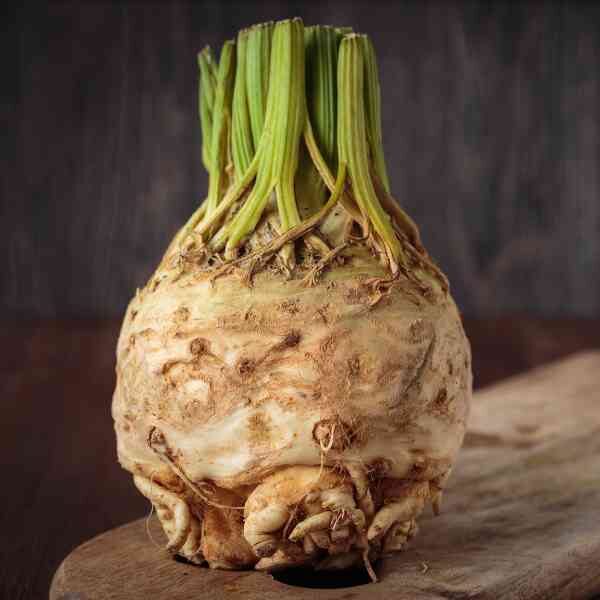




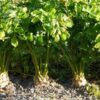

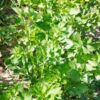



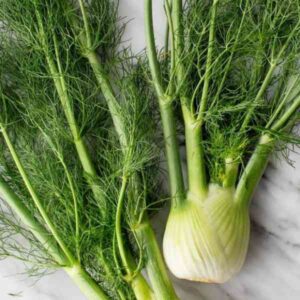
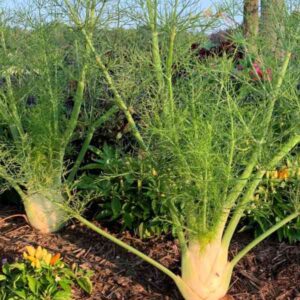
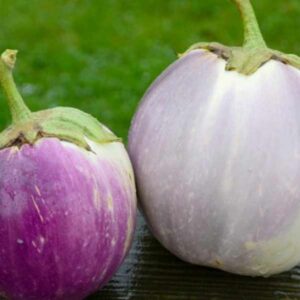
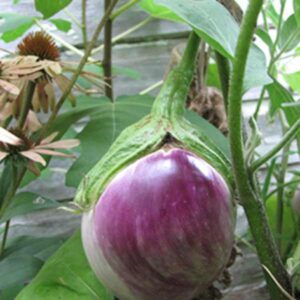
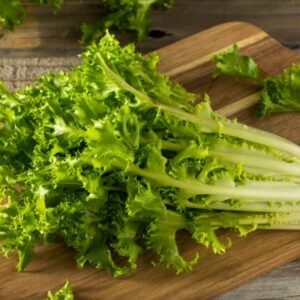
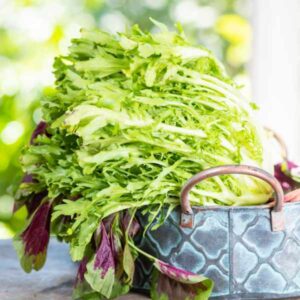

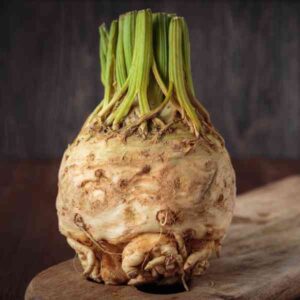
Well packaged and great information listed on the packet